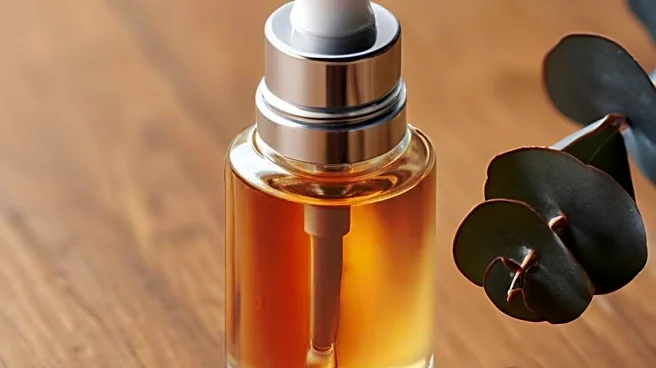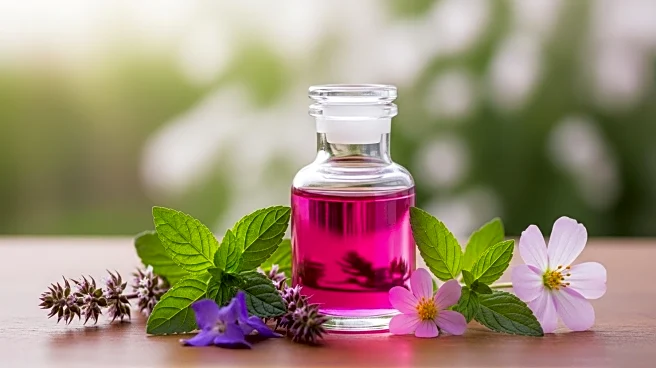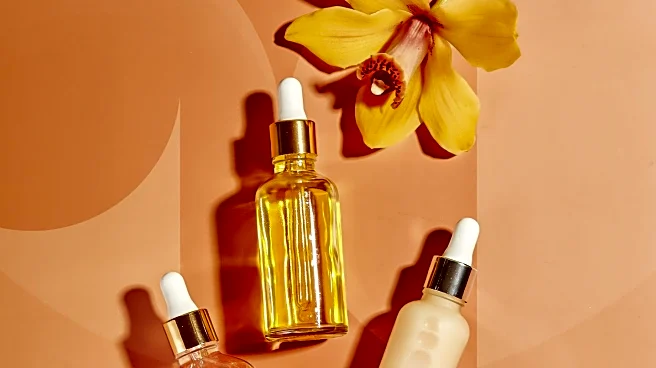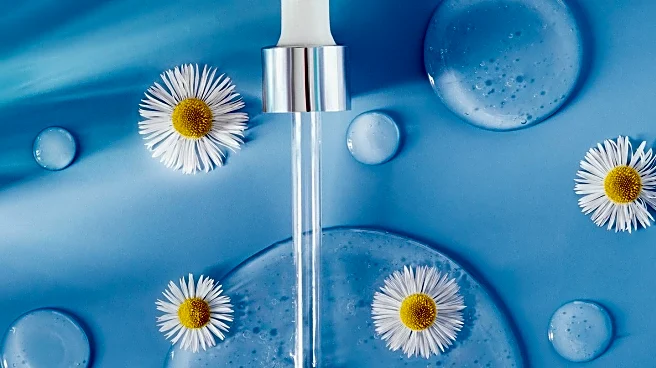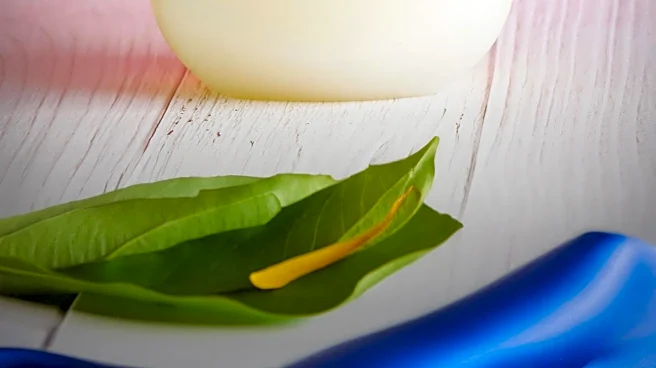What's Happening?
Recent analysis from insights platform Yogi reveals a significant shift in consumer preferences within the anti-aging skincare market. Consumers are increasingly favoring barrier-supportive ingredients like ceramides and niacinamide over traditional actives such as retinol and AHAs. This change is driven by growing concerns over skin irritation and allergic reactions associated with conventional products. The analysis, which reviewed over 100,000 consumer reviews from 2018 to 2025, indicates that while consumers still value visible results for fine lines and dark spots, tolerability has become a critical factor. Products incorporating barrier-supportive elements are perceived as more soothing and gentle, particularly for sensitive skin. This trend reflects a broader 'back to basics' movement, with consumers seeking formulations that feel safe and uncomplicated.
Why It's Important?
The shift towards barrier ingredients in anti-aging treatments signifies a redefinition of consumer expectations in the skincare industry. As consumers prioritize skin resilience and comfort, brands may need to adapt their formulations to meet these demands. This trend could lead to increased market opportunities for products that balance efficacy with skin tolerance. The emphasis on barrier-supportive ingredients aligns with a growing 'pro-aging' movement, where the focus is on supporting the skin's natural resilience rather than combating aging signs aggressively. This change could impact product development strategies, marketing approaches, and consumer education efforts within the beauty industry.
What's Next?
Skincare brands are likely to continue exploring formulations that integrate barrier-supportive ingredients with traditional actives to maximize results without causing irritation. As younger consumers, particularly Gen Z, drive the narrative towards 'prejuvenation,' brands may focus on ingredient transparency and leverage social media platforms like TikTok for product discovery. The industry may see a rise in simplified product architectures that combine time-released actives with barrier-reinforcing components. This approach could redefine the future of anti-aging treatments, emphasizing both efficacy and comfort.
Beyond the Headlines
The shift towards barrier ingredients in anti-aging treatments may have broader implications for the beauty industry, including ethical considerations around ingredient sourcing and transparency. As consumers demand safer and more familiar formulations, brands may need to address concerns related to chemical burden and complex ingredient lists. This trend could also influence cultural perceptions of aging, promoting a more positive and holistic view of aging well.


